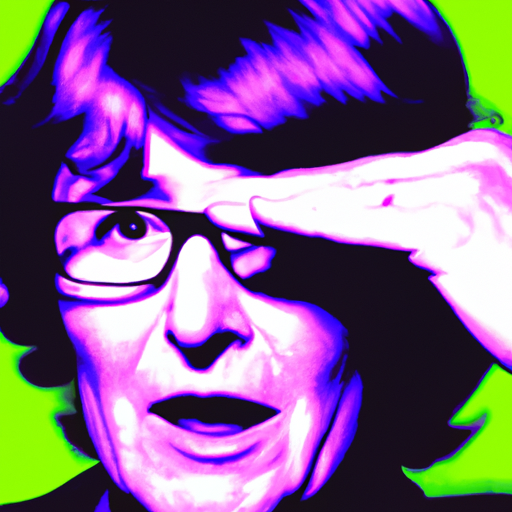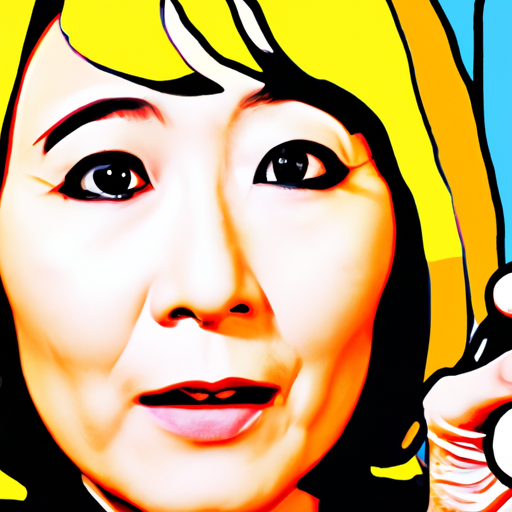
-
Table of Contents
- Infusing Emotion into Graphic Design with Color
- The Psychology of Color
- Using Color to Evoke Emotion
- 1. Consider the Target Audience
- 2. Create Contrast
- 3. Use Color Harmonies
- 4. Consider Cultural Associations
- Case Studies: Infusing Emotion into Graphic Design
- 1. Coca-Cola
- 2. Apple
- 3. National Geographic
- Conclusion
Infusing Emotion into Graphic Design with Color

Graphic design is a powerful tool that can evoke emotions and create a lasting impact on viewers. One of the key elements in graphic design that influences emotions is color. Colors have the ability to communicate messages, evoke feelings, and create a sense of harmony or discord. By understanding the psychology of color and how it can be used effectively, designers can create visually compelling and emotionally engaging designs. In this article, we will explore the importance of color in graphic design and how it can be used to infuse emotion into designs.
The Psychology of Color
Color psychology is the study of how colors affect human behavior and emotions. Different colors have different meanings and can evoke specific emotional responses. Understanding the psychology of color is crucial for designers as it allows them to create designs that resonate with their target audience. Here are some common emotions associated with different colors:
- Red: Red is a powerful and intense color that is often associated with passion, love, and energy. It can also evoke feelings of anger or danger.
- Blue: Blue is a calming and soothing color that is often associated with trust, reliability, and stability. It can also evoke feelings of sadness or coldness.
- Yellow: Yellow is a cheerful and energetic color that is often associated with happiness, optimism, and warmth. It can also evoke feelings of caution or anxiety.
- Green: Green is a refreshing and harmonious color that is often associated with nature, growth, and balance. It can also evoke feelings of envy or greed.
- Orange: Orange is a vibrant and energetic color that is often associated with enthusiasm, creativity, and warmth. It can also evoke feelings of aggression or frustration.
- Purple: Purple is a mysterious and luxurious color that is often associated with creativity, spirituality, and royalty. It can also evoke feelings of sadness or frustration.
These are just a few examples of how colors can evoke different emotions. It is important to note that cultural and personal experiences can also influence the emotional response to colors. For example, in Western cultures, white is often associated with purity and innocence, while in some Eastern cultures, it is associated with mourning and death.
Using Color to Evoke Emotion
Now that we understand the psychology of color, let’s explore how designers can use color effectively to evoke specific emotions in their designs:
1. Consider the Target Audience
When designing with color, it is essential to consider the target audience. Different demographics and cultures may have different emotional responses to colors. For example, a design targeting children may use bright and vibrant colors to evoke feelings of excitement and joy, while a design targeting a professional audience may use more muted and sophisticated colors to convey a sense of trust and reliability.
2. Create Contrast
Contrast is a powerful tool in graphic design that can create visual interest and evoke emotions. By using contrasting colors, designers can create a sense of tension or excitement in their designs. For example, using a combination of red and blue can create a strong contrast that evokes feelings of energy and intensity.
3. Use Color Harmonies
Color harmonies are combinations of colors that are visually pleasing and create a sense of balance. By using color harmonies, designers can create a harmonious and visually appealing design that evokes specific emotions. Some common color harmonies include:
- Complementary: Complementary colors are colors that are opposite each other on the color wheel, such as red and green or blue and orange. Using complementary colors can create a strong contrast and evoke feelings of energy and excitement.
- Analogous: Analogous colors are colors that are next to each other on the color wheel, such as blue and green or red and orange. Using analogous colors can create a sense of harmony and evoke feelings of calmness and tranquility.
- Monochromatic: Monochromatic colors are different shades and tints of the same color. Using monochromatic colors can create a sense of unity and evoke specific emotions associated with the chosen color.
4. Consider Cultural Associations
As mentioned earlier, cultural associations can influence the emotional response to colors. When designing for a global audience, it is important to consider the cultural associations of colors. For example, in Western cultures, red is often associated with love and passion, while in some Eastern cultures, it is associated with luck and prosperity. By understanding these cultural associations, designers can create designs that resonate with their target audience.
Case Studies: Infusing Emotion into Graphic Design
Let’s take a look at some real-world examples of how color has been used effectively to infuse emotion into graphic design:
1. Coca-Cola
Coca-Cola is known for its iconic red and white logo. The use of red in Coca-Cola’s branding evokes feelings of energy, excitement, and passion. The color red is also associated with happiness and celebration, which aligns with Coca-Cola’s brand image. By using red as the dominant color in their branding, Coca-Cola creates a strong emotional connection with its audience.
2. Apple
Apple is known for its sleek and minimalist designs. The use of white in Apple’s branding evokes feelings of simplicity, purity, and elegance. The color white is also associated with innovation and creativity, which aligns with Apple’s brand image. By using white as the dominant color in their branding, Apple creates a sense of trust and reliability with its audience.
3. National Geographic
National Geographic is known for its stunning photography and captivating visuals. The use of yellow in National Geographic’s branding evokes feelings of warmth, optimism, and adventure. The color yellow is also associated with curiosity and exploration, which aligns with National Geographic’s brand image. By using yellow as the dominant color in their branding, National Geographic creates a sense of excitement and wonder in its audience.
Conclusion
Color is a powerful tool in graphic design that can evoke emotions and create a lasting impact on viewers. By understanding the psychology of color and how it can be used effectively, designers can create visually compelling and emotionally engaging designs. When designing with color, it is important to consider the target audience, create contrast, use color harmonies, and consider cultural associations. By incorporating these strategies, designers can infuse emotion into their designs and create a strong emotional connection with their audience.
Remember, color is just one element of graphic design, and it should be used in conjunction with other design principles to create a cohesive and impactful design.
